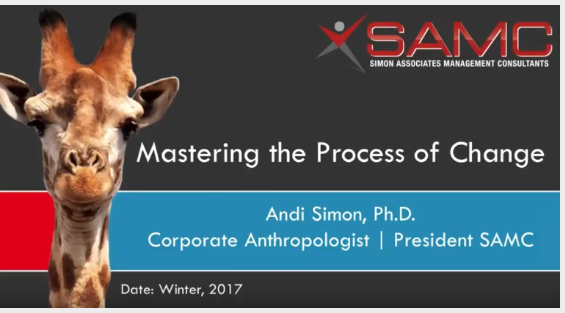Are you changing with them? You really must. Because the alternative is really quite frightening.
All around us we’re dealing with tumultuous change, nowhere more so than in healthcare. And it’s not just change itself but the breadth and pace of it that’s confounding doctors, patients and entire healthcare systems. How to innovatively adapt to these healthcare changes and not let them steamroll over you is something I tackle in my recent article for Hospital Impact (which you can read here.)
Pressure to change, felt by hospitals, doctors and patients
At SAMC, we’re currently working with a number of healthcare clients and what we’re noticing lately is a shift from hospital-based services to community-based care delivery options—affecting everything from the best place for same-day surgery to where to get an X-ray.
Hospitals are being pressured to reduce costs while still keeping patients healthy. Patients are being asked to change where they go for care, which is particularly hard for older patients who find comfort in the familiar, even if the “new” place can deliver the care they need at lower cost to the system and themselves.
As I write in my article, “add to this situation the highly influential generation of millennials, the sons and daughters of baby boomers and Gen Xers. These younger patients are less loyal, less obedient and less concerned with traditional service delivery points in the system. Instead, they focus on fees, quality and ease of access. They want the care they need when they want it or they will skip the referral until they end up in the emergency department at 10pm.”
This requires a culture change, not just shifting where you get an X-ray
Healthcare organizations are being asked to change the way they deliver care, and patients are being asked to change the way they receive it. For both of these to occur, physicians need to approach the situation from the perspective of a culture going through dramatic change.
In my article, I list four things to consider, which I share here:
1. Physicians should think about the care-change experience as a collaborative conversation. Rather than simply telling patients where to go, they should discuss the options with them.
2. This conversation should have a lot of “whys” in it. Answering the “whys” builds trust during (often painful) changes.
3. Physicians should personally visit the facilities they are recommending to their patients. What is the experience like? Is it consistent with what they are promising?
4. They should help the “new” facilities become good communicators to their patients. It should be one voice that is speaking to a patient in different places, one common brand for the care system, even if it is owned by different entities.
Your patients need your help in accepting the “new” that you are recommending
This will be the bridge between the old way of getting care and the new. The result? Patients who are more satisfied, less anxious and hopefully, healthier. So, are you ready to change?
To learn how to change your organization, click here. Then give us a call.
At Simon Associates Management Consultants, we specialize in helping organizations change. Please contact us for a $100 1-hour consultation to discuss how we might help your company successfully implement a lasting change process that works, now and into the future.
From Observation to Innovation,

Andi Simon, Ph.D.
Corporate Anthropologist | President
Simon Associates Management Consultants
Info@simonassociates.net
@simonandi
Check out my latest Huffington Post article




